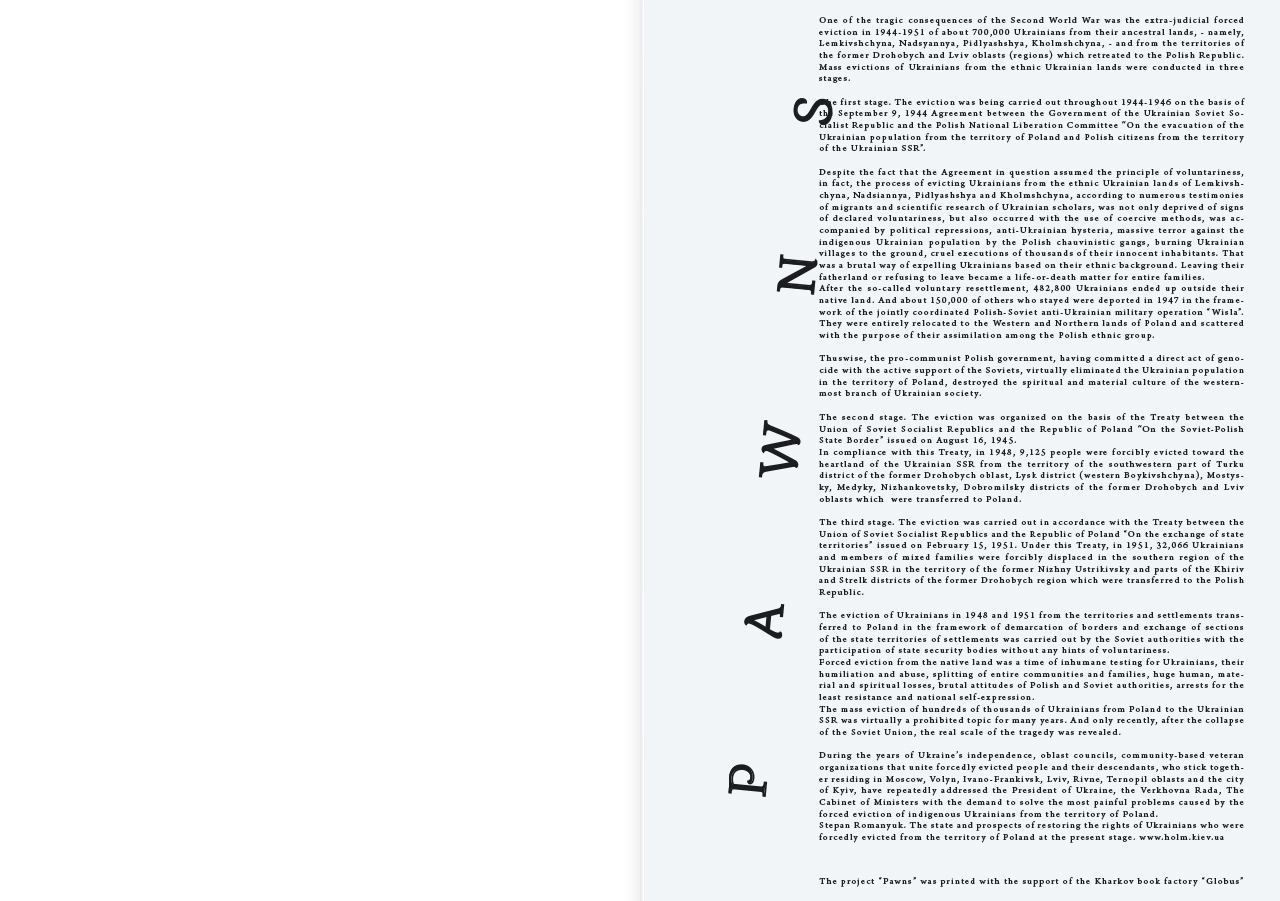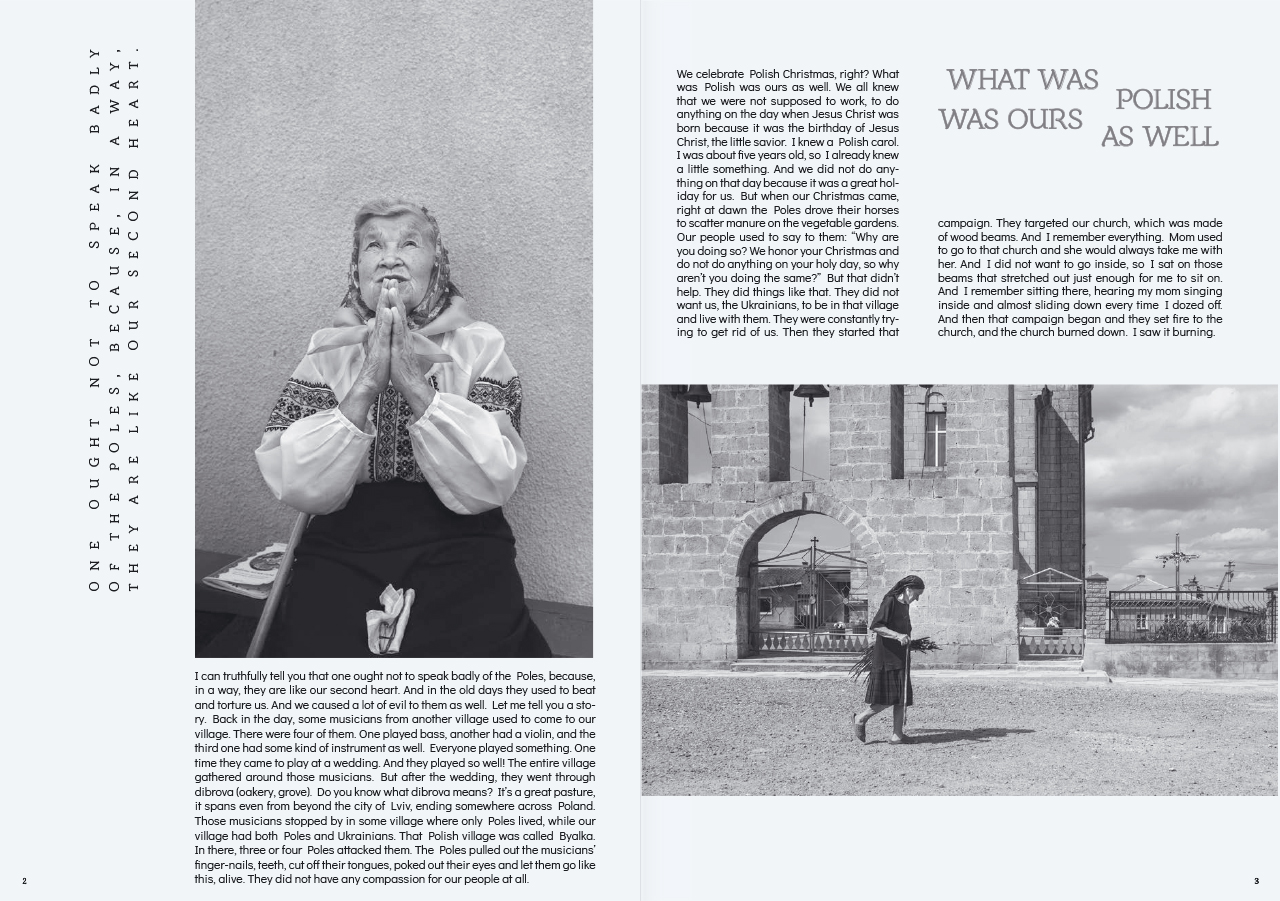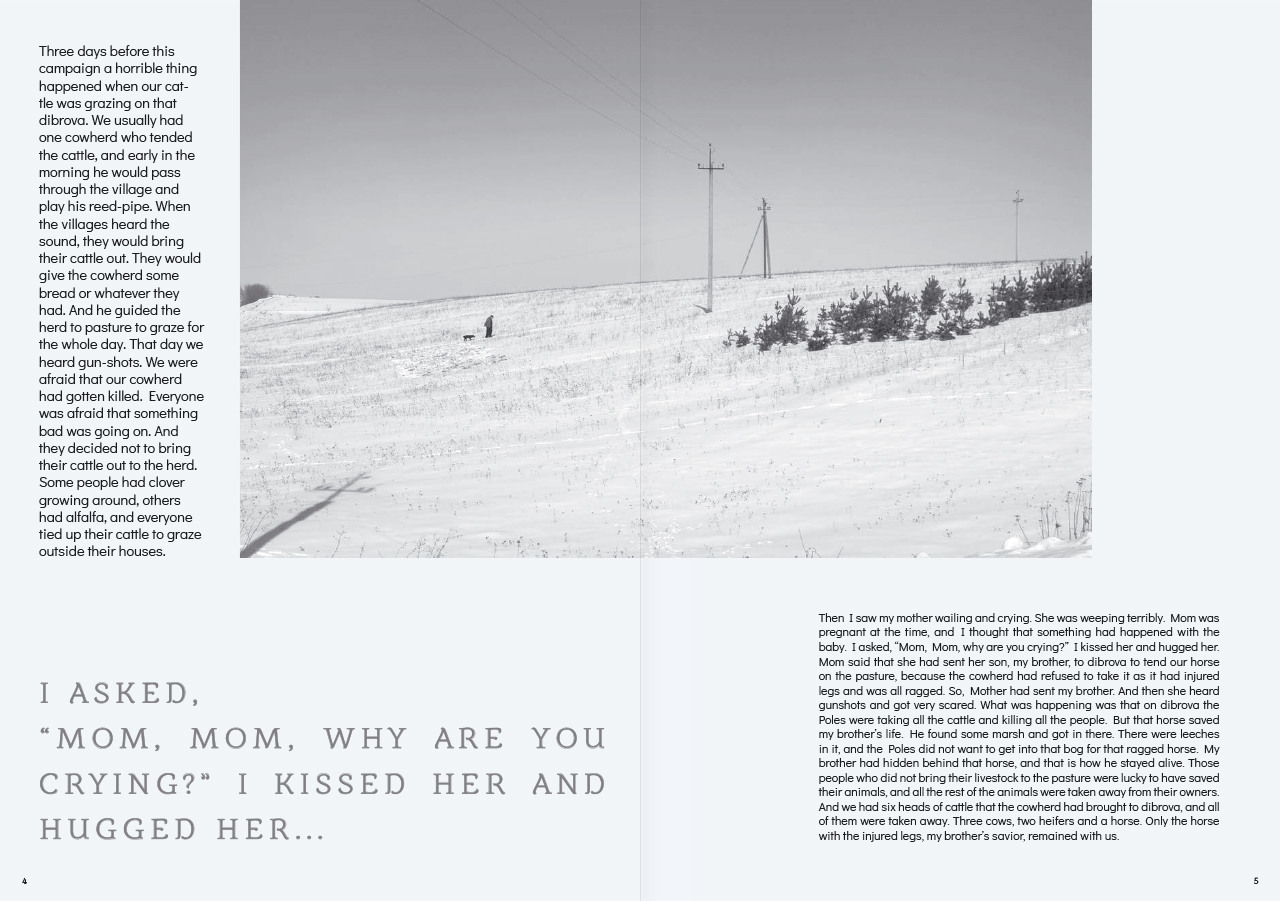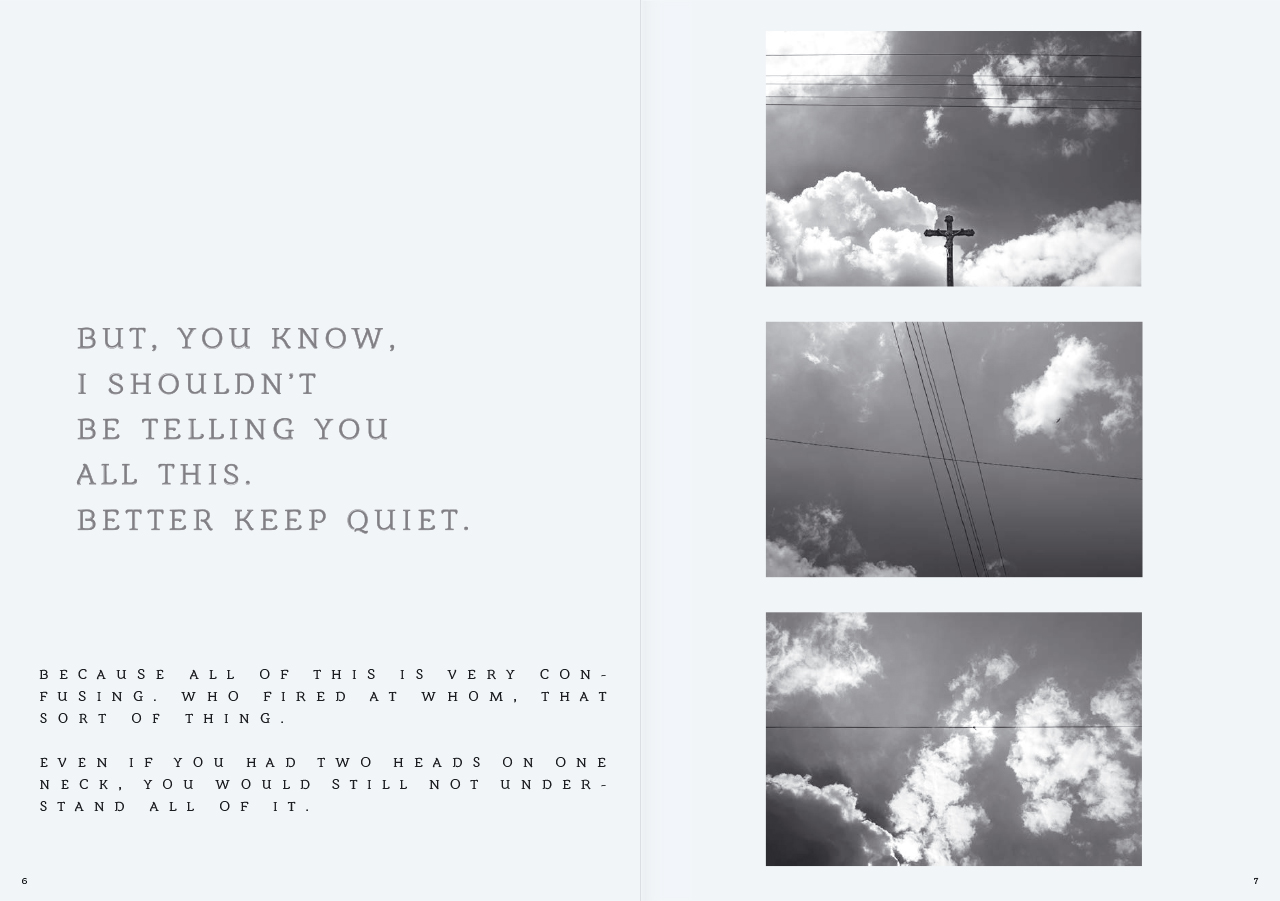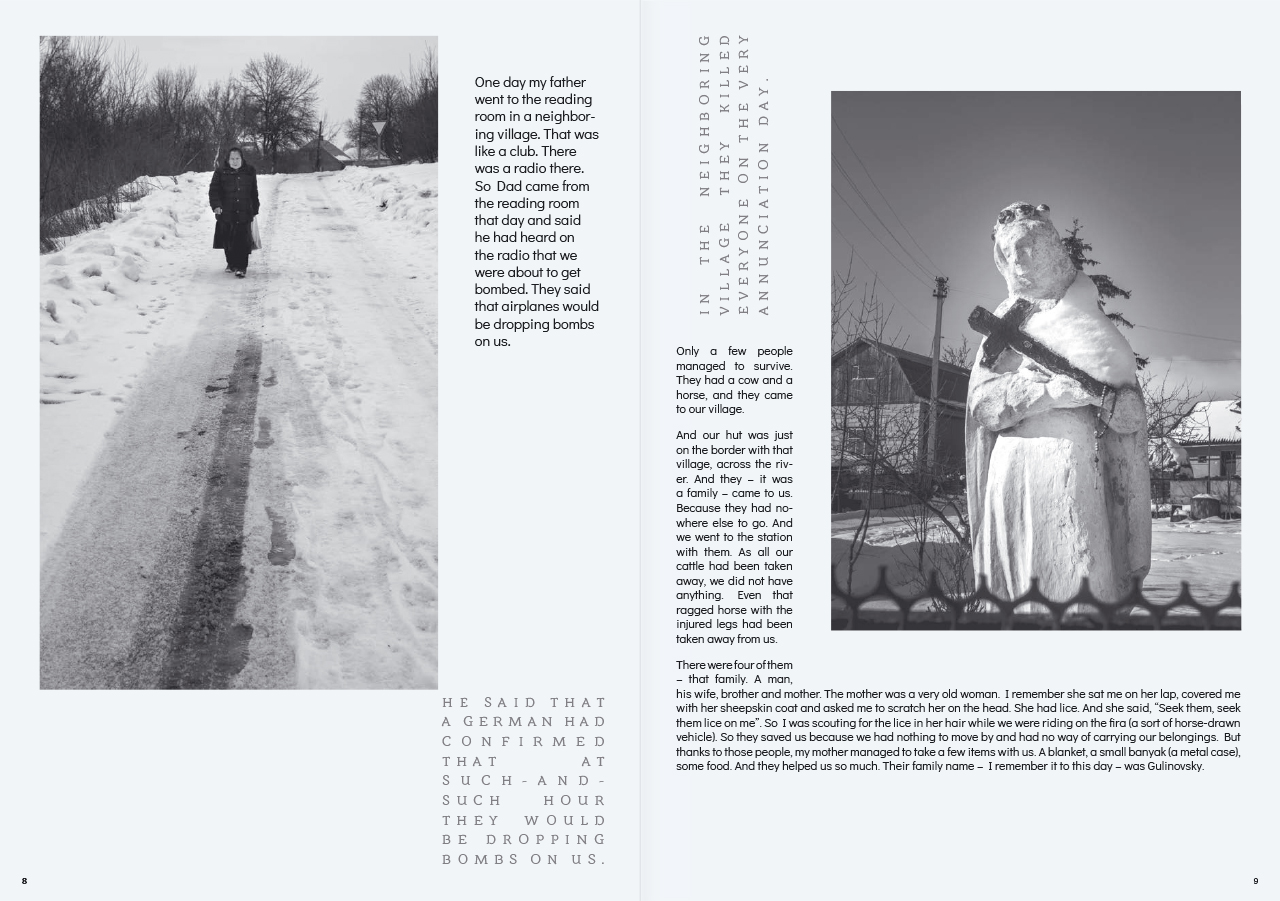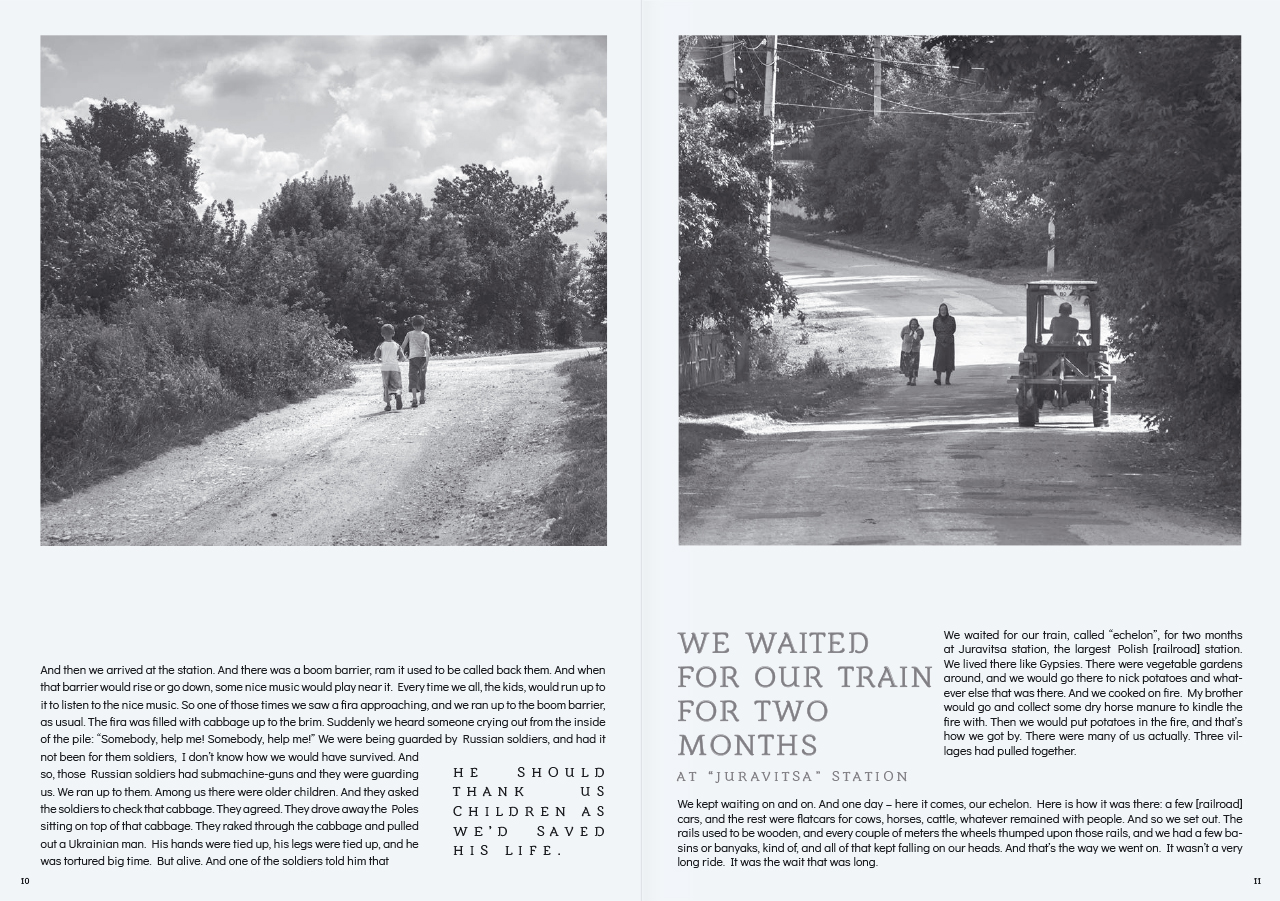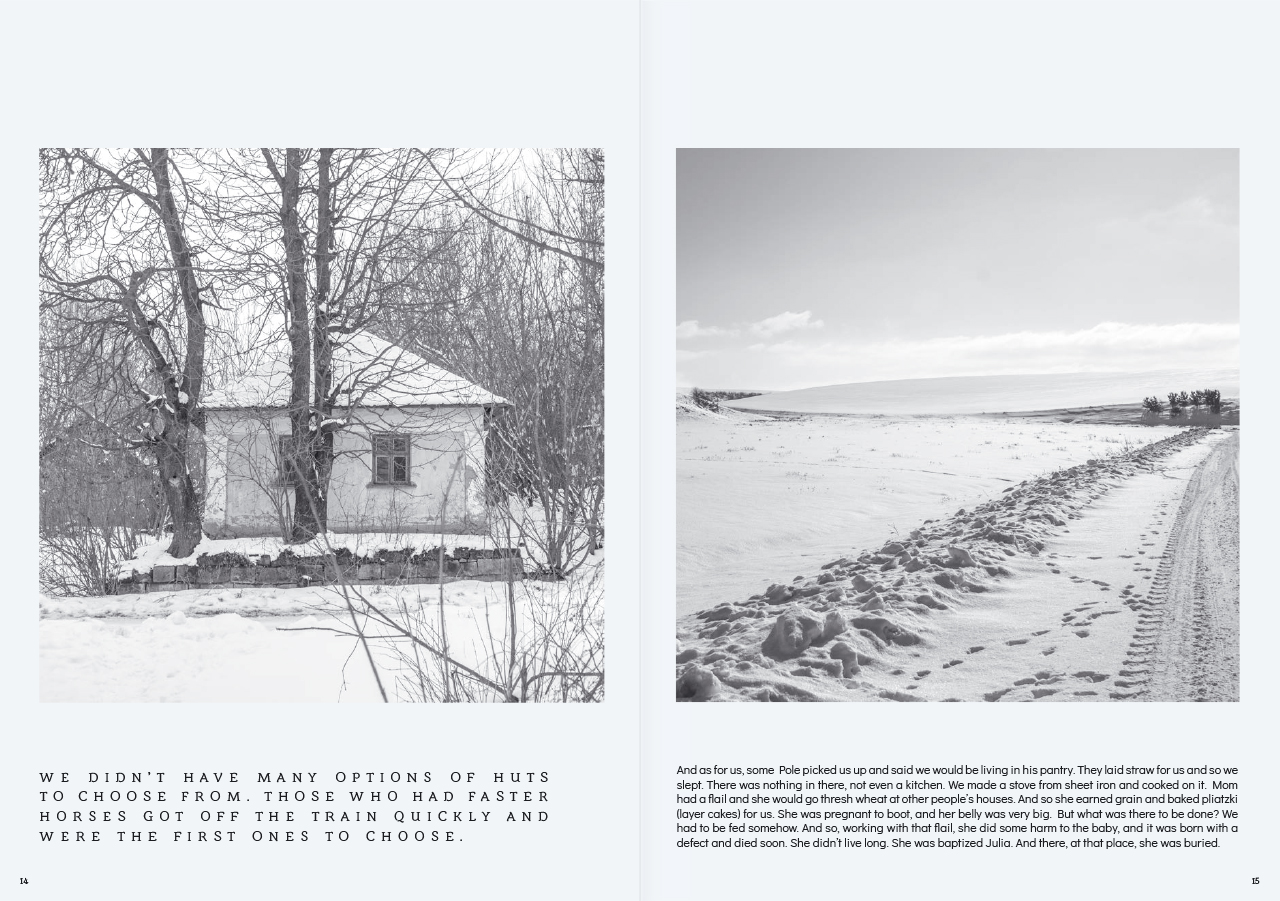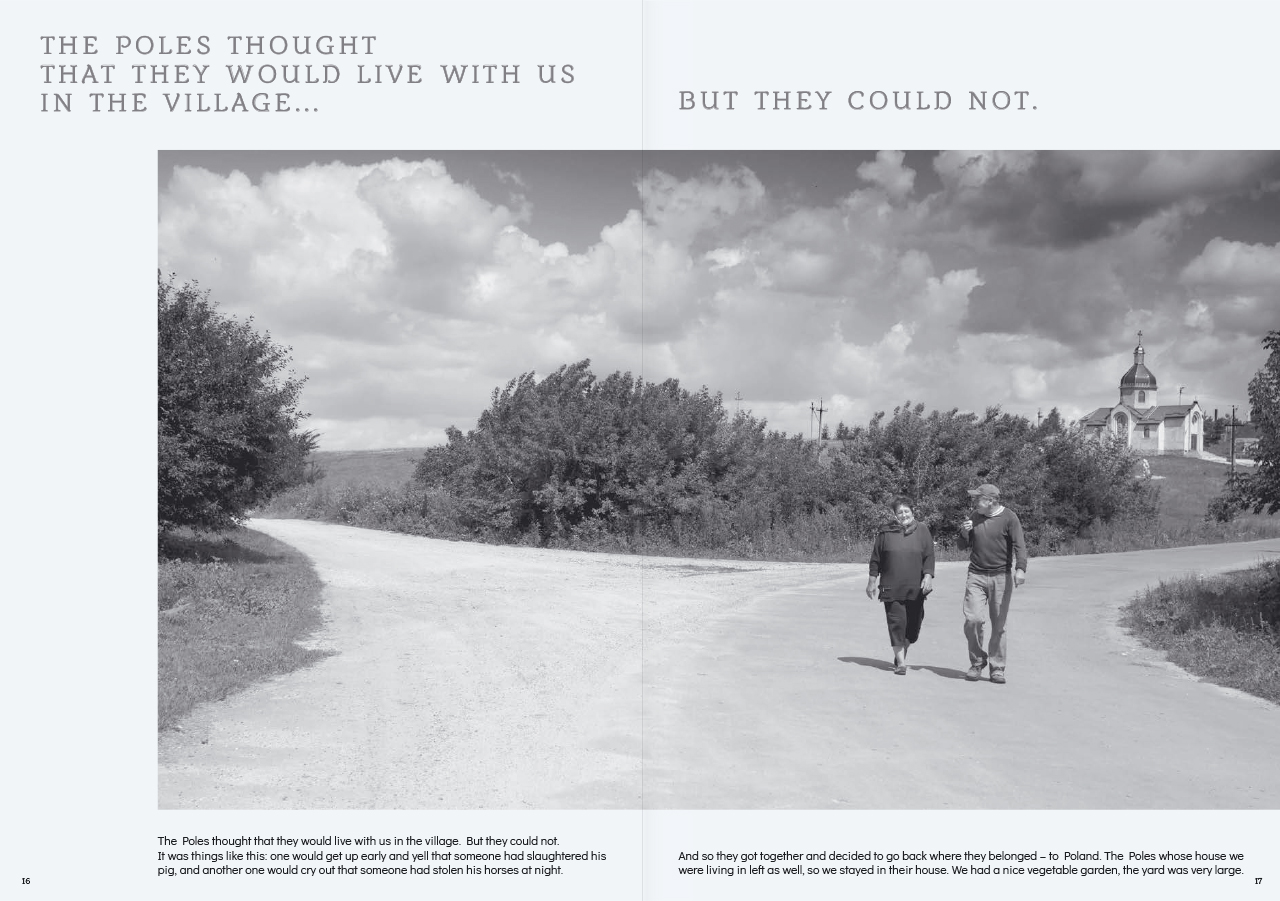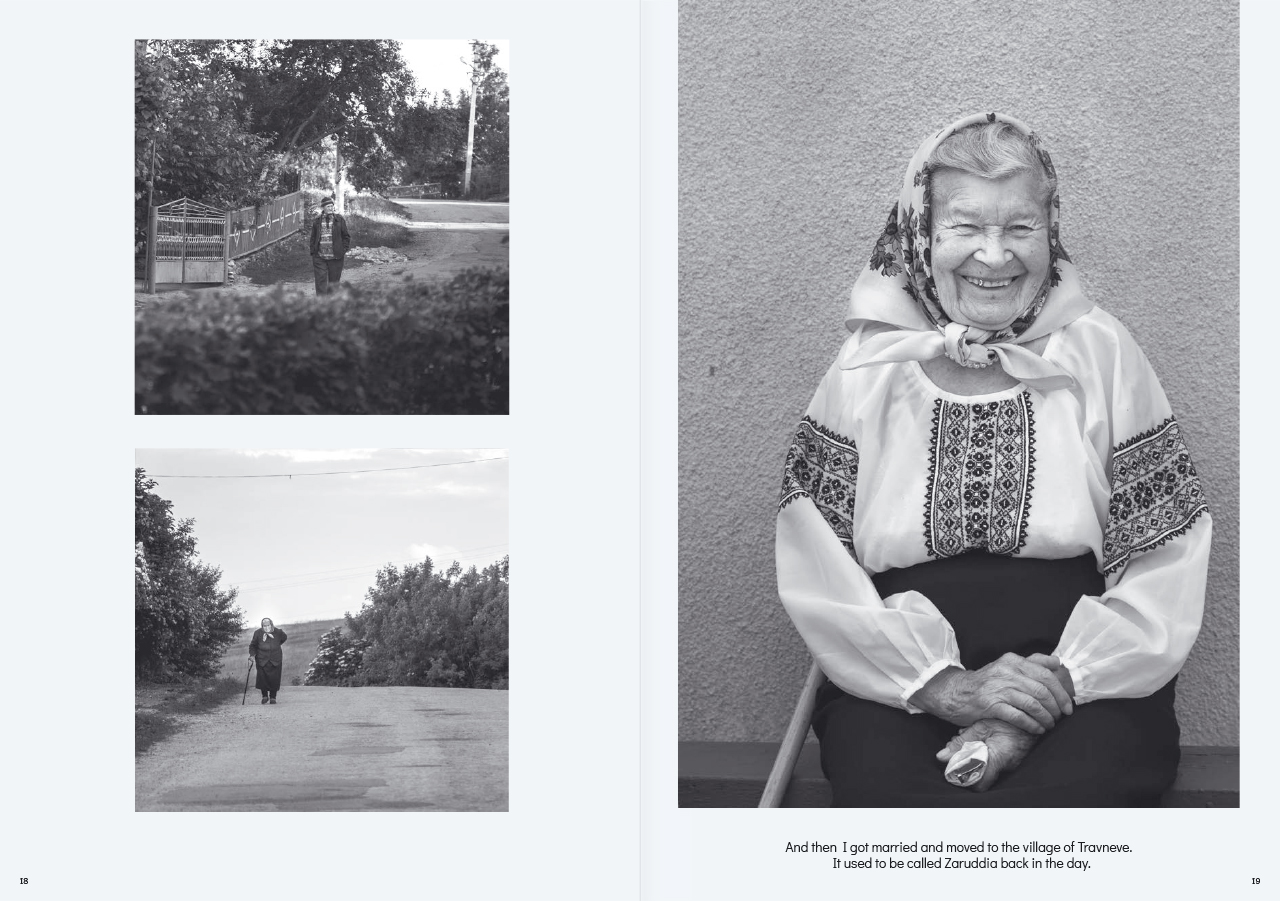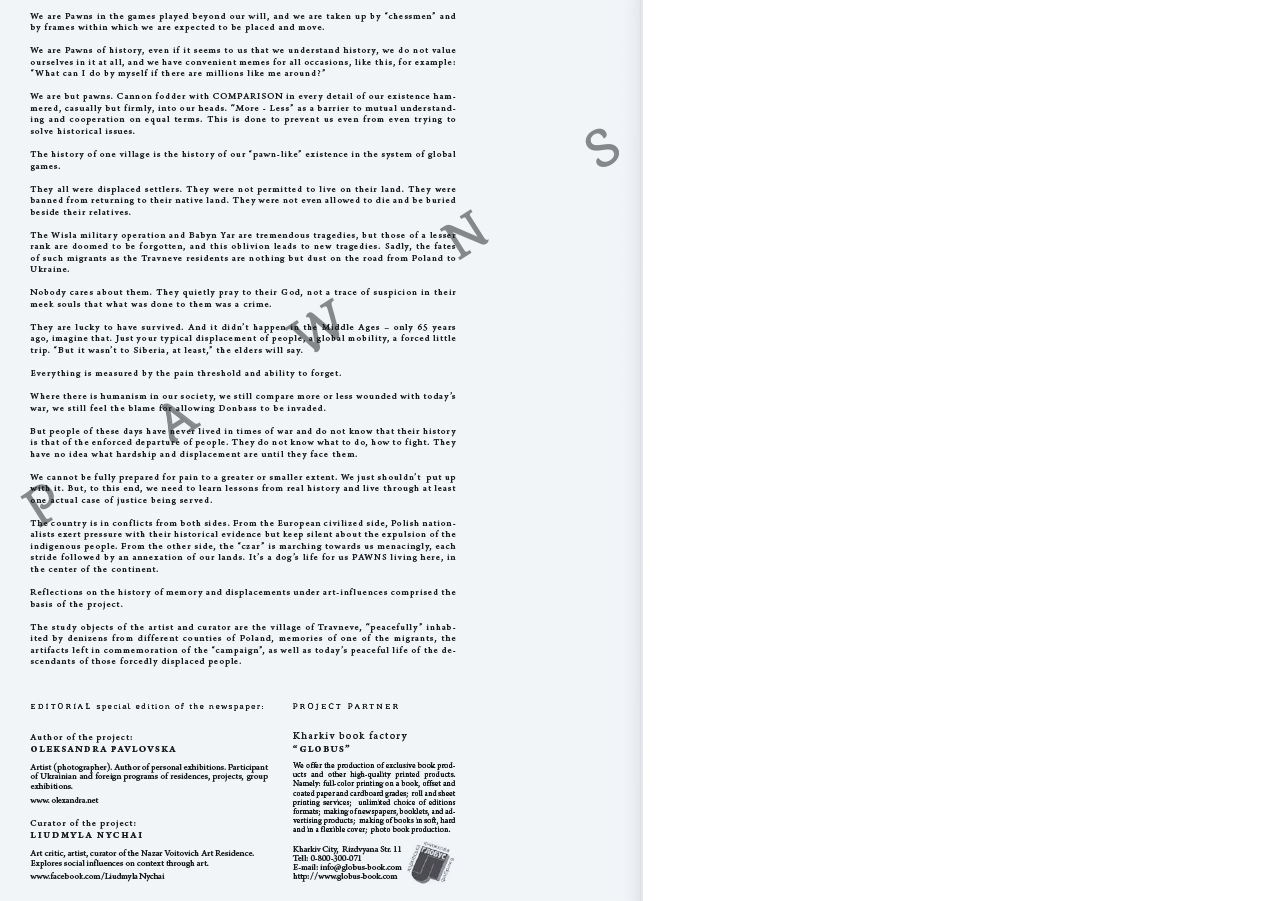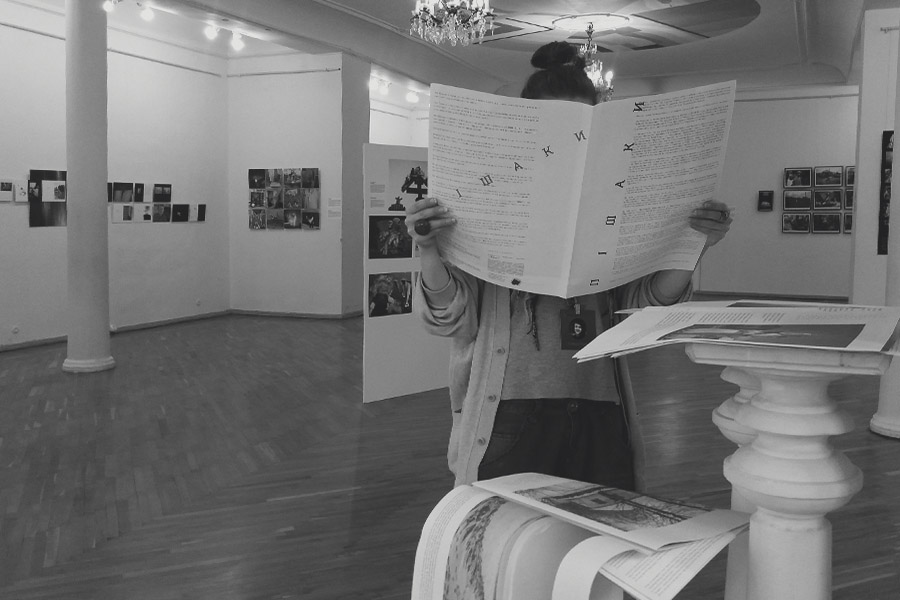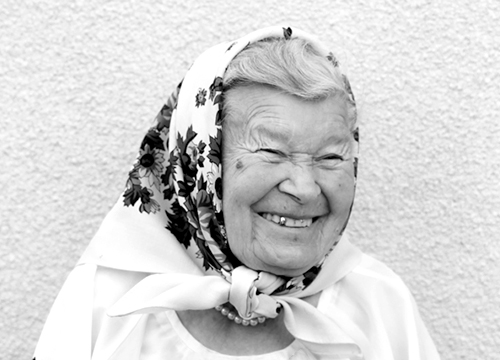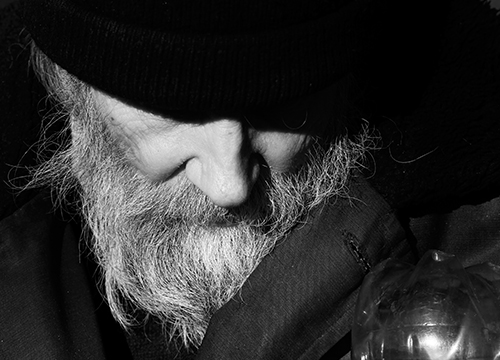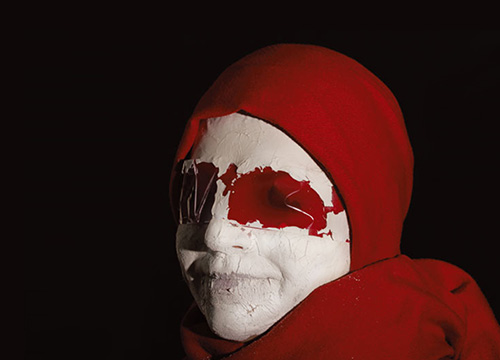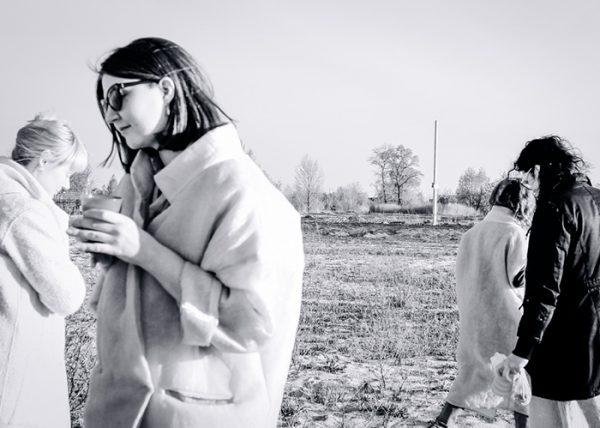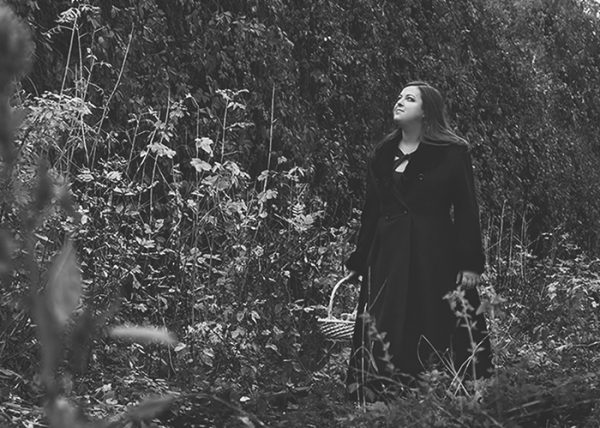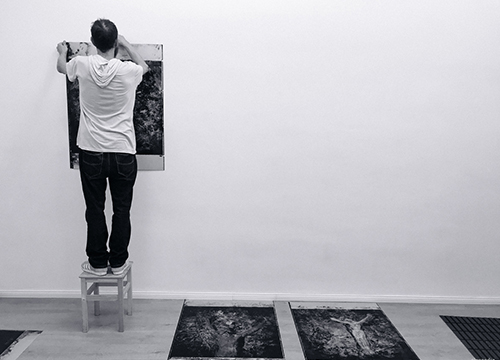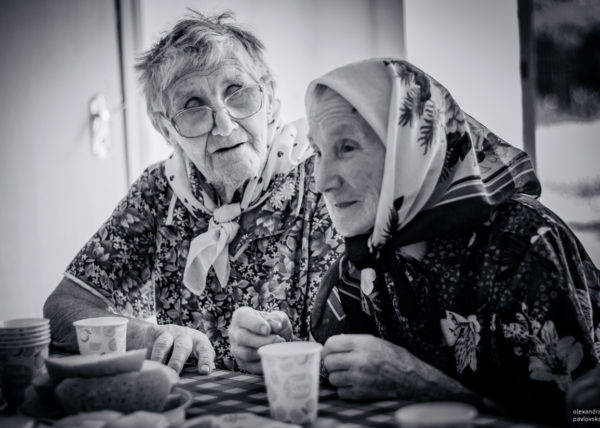ПЕРЕКЛАД УКРАЇНСЬКОЮ
ПІШАКИ
фото газета
Цим проектом ми хочемо звернути увагу на важливість історичної пам’яті та правди, яка зможе подолати конфлікти та стати платформою для порозуміння між нащадками важкої історії, аби уникнути її повторення. Через забуття та замовчування ми уже маємо свіжий конфлікт на Сході країни…
PAWNS
photo newspaper
This is a collection of photographs of the village of Travneve and its inhabitants. Due to historical circumstances, the deportation of Ukrainians and Poles in 1945-46 was suppressed and virtually forgotten. Forcibly displaced peoples – that is the story of the entire village. The present-time inhabitants of Travneve comprise those directly affected by that vile act and their descendants, although the latter ones are very reluctant to share their memories for fear they might take hold of them again.
With this project, we want to draw public attention to the importance of historical memory and truth, which can overcome conflicts and become a basis for mutual understanding among the descendants of their difficult history, so that it does not happen again. Because of oblivion and suppression, we already have a fresh conflict in the East of this country ...
ПЕРЕКЛАД УКРАЇНСЬКОЮ
КОНЦЕПЦІЯ
Ми Пішаки в іграх, що ведуться поза нашою волею, а нас займають фігурами і рамками у яких нам слід поміщатися і рухатись.
Ми Пішаки історії, навіть якщо нам здається що ми її розуміємо, зовсім не цінуємо себе у цій історії, і маємо зручні меми на всі випадки життя як ось цей наприклад: «що я зроблю сам, якщо довкола мільйони таких самих, як я».
Ми Пішаки і гарматне м’ясо, якому для забави вбито у голову кіл ПОРІВНЯННЯ власного існування. «Більше – менше» як бар’єр для взаєморозуміння та співпраці на рівних. Це щоб нам було зась до вирішування історій.
Історія одного села – то історія нашого «пішацького» існування у системі світових ігор.
Вони усі переселенці, їм було зась жити на своїй землі, їм було зась повертатись на рідну землю, їм навіть було зась поряд з родичами помирати.
Операція Вісла, Бабин Яр, то великі трагедії, а трагедії меншого рангу забуваються і таке забуття приводить до нових трагедій. Долі таких переселенців як Травневці, то просто розчинений порох у шляху з Польщі до України.
І немає нікому до них діла, ходять тихенько моляться своєму богу тай навіть не підозрюють що проти них зчинено злочин.
Вони залишились живими і за те дякуємо, а це всього 65 років тому, це не Середньовіччя, це звичайне собі таке перевезення людей з одного місця на інше, глобальна мобільність, примусова така собі подорож. «Але ж то не у Сибір», - знову скажуть старенькі.
Усе вимірюється больовим порогом та здатністю забувати.
Де гуманізм у нашому суспільстві, ми досі порівнюємо більш чи менш поранених сьогоднішньою війною, ми досі відчуваємо вину ВПО за те що дозволили захопити Донбас.
Але люди ніколи не жили у часи війни і не знають, що їх історія, то історія ПРИМУСОВО ПЕРЕСЕЛЕНИХ НАРОДІВ. Вони не знають як боротися і не знають як бути і не знають що таке поневіряння і примусове переселення, доки їх це не спіткає.
Ми не можемо бути менше чи більше готовими до болю, ми просто не повинні його терпіти, але для цього треба брати уроки живої історії і отримати хоч один позитивний досвід справедливості.
Країна з обох боків у конфліктах. З Європейського цивілізованого боку польські націоналісти спричиняють тиск Історичними аргументами та мовчать про вигнання корінного народу. З іншого Азійського боку царськими кроками анексується землі. У центрі континенту не так вже й просто живеться нам ПІШАКАМ.
Рефлексії на тему пам’яті історії та переселень під арт-впливами склали основу проекту.
Об’єктом дослідження митця - та куратора є с.Травневе, що «мирно заселено» вихідцями з різних повітів Польщі, спогади переселенки, артефакти залишені на згадку про «акцію», а також сьогоднішнє мирне життя нащадків «вимушено переселених народів».
Історична довідка
Одним із трагічних наслідків Другої світової війни залишається позасудове примусове виселення у 1944-1951 роках близько 700 тисяч українців з їх предковічних земель Лемківщини, Надсяння, Підляшшя, Холмщини та з територій колишніх Дрогобицької та Львівської областей, які відійшли до Польської Республіки.
Масові виселення українців з етнічних українських земель проводились в три етапи.
Перший етап. Виселення відбувалося впродовж 1944-1946 рр. на підставі Угоди між Урядом Української Радянської Соціалістичної Республіки та Польським Комітетом Національного визволення “Про евакуацію українського населення з території Польщі і польських громадян з території УРСР” від 9 вересня 1944 року.
Незважаючи на те, що цією Угодою передбачався принцип добровільності, насправді процес виселення українців з етнічних українських земель Лемківщини, Надсяння, Підляшшя та Холмщини за численними свідченнями переселенців та науковими дослідженнями українських вчених не тільки був позбавлений ознак декларованої добровільності, а й відбувався із застосуванням примусових методів, супроводжувався політичними репресіями, антиукраїнською істерією, широким масовим терором проти корінного українського населення з боку польських шовіністичних банд, спаленням українських сіл, жорстоким вбивством тисяч безневинних їх мешканців. Це був брутальний спосіб вигнання українців за етнічною ознакою, виїзд чи не виїзд з батьківського краю ставав питанням життя або смерті всієї родини.
Після «так званого» добровільного переселення за межами рідного краю опинилось 482 800 українців. А ще близько 150 тис., які залишились, за допомогою спільно скоординованої польсько-радянської антиукраїнської військової операції “Вісла”, у 1947 році були поголовно виселені на західні та північні землі Польщі та розпорошені з метою асиміляції серед польського етносу.
Таким чином, прокомуністична польська влада за активного сприяння радянської, вчинивши прямий акт геноциду, практично зліквідувала українське населення на території Польщі, зруйнувала духовну і матеріальну культуру найзахіднішої гілки українства.
Другий етап. Виселення було організовано на підставі Договору між Союзом Радянських Соціалістичних Республік і Польською Республікою “Про радянсько-польський державний кордон” від 16 серпня 1945 року.
За цим Договором протягом 1948 року з території південно-західної частини Турківського району, колишньої Дрогобицької області, Ліського повіту (західна Бойківщина), Мостиського, Медикського, Нижаньковецького, Добромильського районів колишньої Дрогобицької та Львівської областей, що відійшли до Польщі, вглиб УРСР було примусово виселено 9125 осіб.
Третій етап. Виселення відбувалося у відповідності до Договору між Союзом Радянських Соціалістичних Республік і Польською Республікою “Про обмін ділянками державних територій” від 15 лютого 1951 року. За цим Договором в 1951 році з території колишнього Нижньо-Устриківського та частин Хирівського та Стрілківського районів колишньої Дрогобицької області, які були передані Польській Республіці, було примусово виселено в південні області УРСР 32066 українців і членів змішаних родин.
Виселення українців в 1948 і 1951 роках з переданих Польщі в рамках демаркації кордонів та обміну ділянками державних територій населених пунктів проводилося Радянською владою за участю органів державної безпеки вже без будь-яких натяків на добровільність.
Примусове виселення із рідного краю це був час нелюдських випробувань для українців, принижень та знущань, розлучення цілих громад і родин, величезних людських, матеріальних та духовних втрат, брутального ставлення до них польської і радянської влади, арештів за найменший опір та національне самовиявлення.
Масове виселення сотень тисяч українців з території Польщі до УРСР довгі роки було фактично забороненою темою. І тільки в останній час, після розпаду Радянського Союзу, відкрилися реальні масштаби трагедії українців, які були виселені із своїх споконвічних земель.
За роки незалежності України обласні Ради, громадські ветеранські організації, які об’єднують примусово виселених та їх нащадків, що компактно проживають у Волинській, Івано-Франківській, Львівській, Рівненській, Тернопільській областях та місті Києві, неодноразово звертались до Президента України, Верховної Ради, Кабінету Міністрів з вимогою розв’язати найболючіші проблеми, породжені примусовим виселенням корінних українців з території Польщі.
Степан Романюк. Стан і перспективи відновлення прав українців, примусово виселених з території Польщі на сучасному етапі. www.holm.kiev.ua
CONCEPTUAL APPROACH
We are Pawns in the games played beyond our will, and we are taken up by “chessmen” and by frames within which we are expected to be placed and move.
We are Pawns of history, even if it seems to us that we understand history, we do not value ourselves in it at all, and we have convenient memes for all occasions, like this, for example: "What can I do by myself if there are millions like me around?"
We are but pawns. Cannon fodder with COMPARISON in every detail of our existence hammered, casually but firmly, into our heads. "More - Less" as a barrier to mutual understanding and cooperation on equal terms. This is done to prevent us even from even trying to solve historical issues.
The history of one village is the history of our "pawn-like" existence in the system of global games.
They all were displaced settlers. They were not permitted to live on their land. They were banned from returning to their native land. They were not even allowed to die and be buried beside their relatives.
The Wisla military operation and Babyn Yar are tremendous tragedies, but those of a lesser rank are doomed to be forgotten, and this oblivion leads to new tragedies. Sadly, the fates of such migrants as the Travneve residents are nothing but dust on the road from Poland to Ukraine.
Nobody cares about them. They quietly pray to their God, not a trace of suspicion in their meek souls that what was done to them was a crime.
They are lucky to have survived. And it didn’t happen in the Middle Ages – only 65 years ago, imagine that. Just your typical displacement of people, a global mobility, a forced little trip. "But it wasn’t to Siberia, at least," the elders will say.
Everything is measured by the pain threshold and ability to forget.
Where there is humanism in our society, we still compare more or less wounded with today's war, we still feel the blame for allowing Donbass to be invaded.
But people of these days have never lived in times of war and do not know that their history is that of the enforced departure of people. They do not know what to do, how to fight. They have no idea what hardship and displacement are until they face them.
We cannot be fully prepared for pain to a greater or smaller extent. We just shouldn’t put up with it. But, to this end, we need to learn lessons from real history and live through at least one actual case of justice being served.
The country is in conflicts from both sides. From the European civilized side, Polish nationalists exert pressure with their historical evidence but keep silent about the expulsion of the indigenous people. From the other side, the “czar” is marching towards us menacingly, each stride followed by an annexation of our lands. It’s a dog’s life for us PAWNS living here, in the center of the continent.
Reflections on the history of memory and displacements under art-influences comprised the basis of the project.
The study objects of the artist and curator are the village of Travneve, "peacefully” inhabited by denizens from different counties of Poland, memories of one of the migrants, the artifacts left in commemoration of the "campaign", as well as today's peaceful life of the descendants of those forcedly displaced people.
.
Historical background
One of the tragic consequences of the Second World War was the extra-judicial forced eviction in 1944-1951 of about 700,000 Ukrainians from their ancestral lands, - namely, Lemkivshchyna, Nadsyannya, Pidlyashshya, Kholmshchyna, - and from the territories of the former Drohobych and Lviv oblasts (regions) which retreated to the Polish Republic.
Mass evictions of Ukrainians from the ethnic Ukrainian lands were conducted in three stages.
The first stage. The eviction was being carried out throughout 1944-1946 on the basis of the September 9, 1944 Agreement between the Government of the Ukrainian Soviet Socialist Republic and the Polish National Liberation Committee "On the evacuation of the Ukrainian population from the territory of Poland and Polish citizens from the territory of the Ukrainian SSR".
Despite the fact that the Agreement in question assumed the principle of voluntariness, in fact, the process of evicting Ukrainians from the ethnic Ukrainian lands of Lemkivshchyna, Nadsiannya, Pidlyashshya and Kholmshchyna, according to numerous testimonies of migrants and scientific research of Ukrainian scholars, was not only deprived of signs of declared voluntariness, but also occurred with the use of coercive methods, was accompanied by political repressions, anti-Ukrainian hysteria, massive terror against the indigenous Ukrainian population by the Polish chauvinistic gangs, burning Ukrainian villages to the ground, cruel executions of thousands of their innocent inhabitants. That was a brutal way of expelling Ukrainians based on their ethnic background. Leaving their fatherland or refusing to leave became a life-or-death matter for entire families.
After the so-called voluntary resettlement, 482,800 Ukrainians ended up outside their native land. And about 150,000 of others who stayed were deported in 1947 in the framework of the jointly coordinated Polish-Soviet anti-Ukrainian military operation "Wisla". They were entirely relocated to the Western and Northern lands of Poland and scattered with the purpose of their assimilation among the Polish ethnic group.
Thuswise, the pro-communist Polish government, having committed a direct act of genocide with the active support of the Soviets, virtually eliminated the Ukrainian population in the territory of Poland, destroyed the spiritual and material culture of the westernmost branch of Ukrainian society.
The second stage. The eviction was organized on the basis of the Treaty between the Union of Soviet Socialist Republics and the Republic of Poland “On the Soviet-Polish State Border” issued on August 16, 1945.
In compliance with this Treaty, in 1948, 9,125 people were forcibly evicted toward the heartland of the Ukrainian SSR from the territory of the southwestern part of Turku district of the former Drohobych oblast, Lysk district (western Boykivshchyna), Mostysky, Medyky, Nizhankovetsky, Dobromilsky districts of the former Drohobych and Lviv oblasts which were transferred to Poland.
The third stage. The eviction was carried out in accordance with the Treaty between the Union of Soviet Socialist Republics and the Republic of Poland “On the exchange of state territories” issued on February 15, 1951. Under this Treaty, in 1951, 32,066 Ukrainians and members of mixed families were forcibly displaced in the southern region of the Ukrainian SSR in the territory of the former Nizhny Ustrikivsky and parts of the Khiriv and Strelk districts of the former Drohobych region which were transferred to the Polish Republic.
The eviction of Ukrainians in 1948 and 1951 from the territories and settlements transferred to Poland in the framework of demarcation of borders and exchange of sections of the state territories of settlements was carried out by the Soviet authorities with the participation of state security bodies without any hints of voluntariness.
Forced eviction from the native land was a time of inhumane testing for Ukrainians, their humiliation and abuse, splitting of entire communities and families, huge human, material and spiritual losses, brutal attitudes of Polish and Soviet authorities, arrests for the least resistance and national self-expression.
The mass eviction of hundreds of thousands of Ukrainians from Poland to the Ukrainian SSR was virtually a prohibited topic for many years. And only recently, after the collapse of the Soviet Union, the real scale of the tragedy was revealed.
During the years of Ukraine's independence, oblast councils, community-based veteran organizations that unite forcedly evicted people and their descendants, who stick together residing in Moscow, Volyn, Ivano-Frankivsk, Lviv, Rivne, Ternopil oblasts and the city of Kyiv, have repeatedly addressed the President of Ukraine, the Verkhovna Rada, The Cabinet of Ministers with the demand to solve the most painful problems caused by the forced eviction of indigenous Ukrainians from the territory of Poland.
Stepan Romanyuk. The state and prospects of restoring the rights of Ukrainians who were forcedly evicted from the territory of Poland at the present stage. www.holm.kiev.ua
Curator of the project:
LIUDMYLA NYCHAI
Art critic, artist, curator of the Nazar Voitovich Art Residence. Explores social influences on context through art.
Project partner:
Kharkiv book factory “GLOBUS”
Exclusive book and photo book production.
www.globus-book.com

